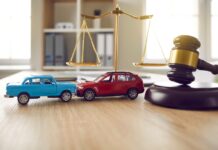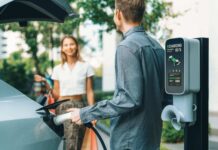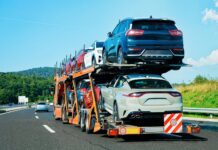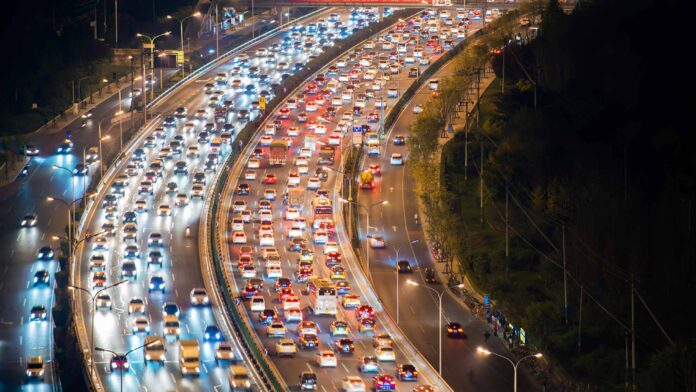
I don’t know about you, but whenever I’m driving, I want the traffic to keep moving since when it moves, I can predict how much time I’ll need for reaching my destination. When traffic stops, we all feel frustrated, mostly because the time we spend in congestion can be used for other things such as spending time with our families or relaxing after a long and tiring day at work.
If you often find yourself stuck in a traffic jam, you might be wondering what is causing it and why it’s such a big issue in large urban areas. Fortunately for all individuals that are wondering the same thing, our article below can help. Here are the top causes of traffic congestion, as well as how these issues can be resolved:
1. The Capacity of Roads Has Reached Its Peak
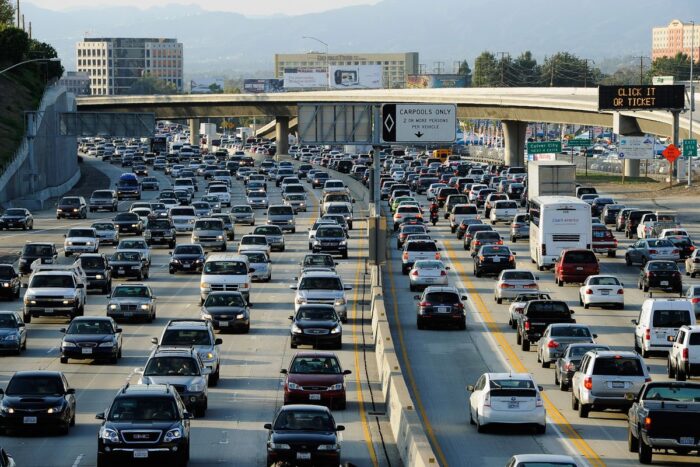
If you do some digging, you’ll learn that the roads in all large urban areas weren’t designed for the volume of traffic and vehicles we see today. This basically means that the capacity has reached its peak. Most cities have tried solving this problem by making the existing roads bigger or by building entirely new routers, but, this has backfired, mostly because increasing the capacity produced a greater demand for driving vehicles.
Instead of building new roads, most urban areas should encourage the use of public transportation such as trains and buses. Besides this, investing and making public transportation better and more comfortable for people can help reduce traffic congestion, and more importantly, they should discourage car ownership and driving since this is something that can help with reducing the carbon footprint of a city, thus, producing less pollution.
2. No Public Transportation Available
Another issue that a lot of urban areas are facing is the lack of public transportation. When people don’t have access to it or if it’s badly implemented, they depend on their private cars for getting from one point to the next. With this increase, the surface area will become limited, meaning that there will be more traffic jams. This can also cause major issues with finding available parking, causing some alternative roads to be completely blocked.
What can various local governments do about this particular issue? Well, besides devising a really good plan for implementing public transportation, they could also encourage the use of bicycles, as well as new and innovative means of transportation such as electronic bikes, scooters, and skateboards! Several countries – including Vienna – have already created bike lanes for their citizens, and by doing so, they’ve solved the issues of traffic congestion.
3. Toll Collections That Require People to Stop
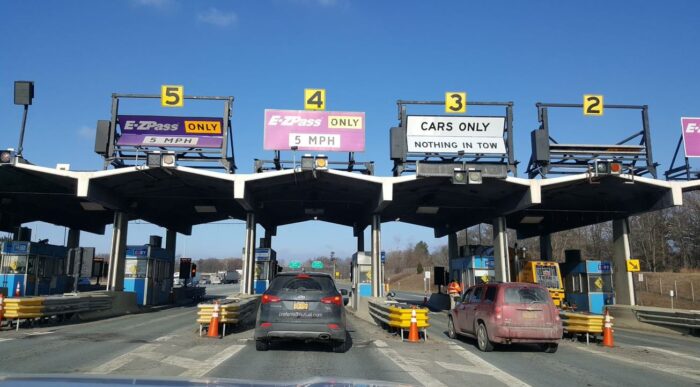
If you travel in and out of your city on a regular basis, you most likely have to pay a toll, and doing so will require you to slow down, manually pay for the toll, and then proceed. This can cause some major traffic jams during rush hour, thus, it’ll result in longer travel times, as well as more harmful emissions. Additionally, the toll you pay every day can seriously impact your budget, especially if, for example, your company isn’t paying for it.
What can be done to solve this issue? Well, different urban areas can introduce open road systems that’ll be completely electronic, meaning that you won’t have to manually pay for it, instead, everything will be done automatically. Also, local governments can actually opt for calculating and predicting how much traffic comes in and out of their city on a daily basis and if you want to see how this can be done, click here.
4. Behavior of The Drivers
Now, you might be wondering – what does the behavior of drivers have to do with traffic jams? Well, a lot actually. As we mentioned, people get frustrated when they get stuck while commuting, and at times, all it takes is one driver and one vehicle to slow down an entire line of cars! This is often referred to as the “ripple effect” and the slower a particular driver is, the larger the traffic congestion will be.
This is why most developed and large cities need to implement speed control. After all, interchangeable speed limits will affect traffic dynamically, hence, if someone, for instance, hits the brakes suddenly, the entire line of vehicles will need to do the same. Besides reducing traffic jams, controlling the speed of vehicles can also reduce the number of accidents, which is incredibly important for both drivers and pedestrians.
5. Bad Optimization of Traffic Lights
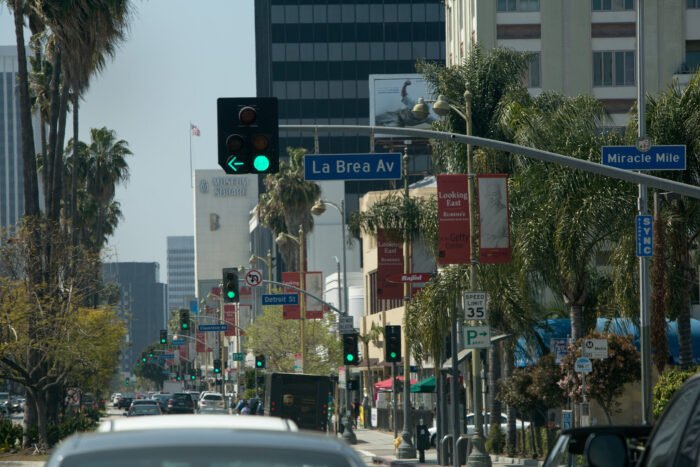
When you get stuck in rush hour, you probably see how the traffic is different. One of the things that could be causing jams is the bad optimization of traffic lights. When there are times differently from the usual traffic flow, vehicles will need to stop more frequently and they’ll travel for longer, which is exactly what causes jams and congestion – and it’ll also cause a lot of people to feel frustrated and annoyed.
Because of this, local governments need to ensure that they adjust their signals and lights according to the traffic flow that happens in their cities. Luckily, there are so many innovative and new technology that can help with this, and for instance, AI tech could help with predicting the traffic flow. If governments choose to optimize their traffic lights, they’ll be capable of solving the problem of traffic jams.
6. Lack of Parking
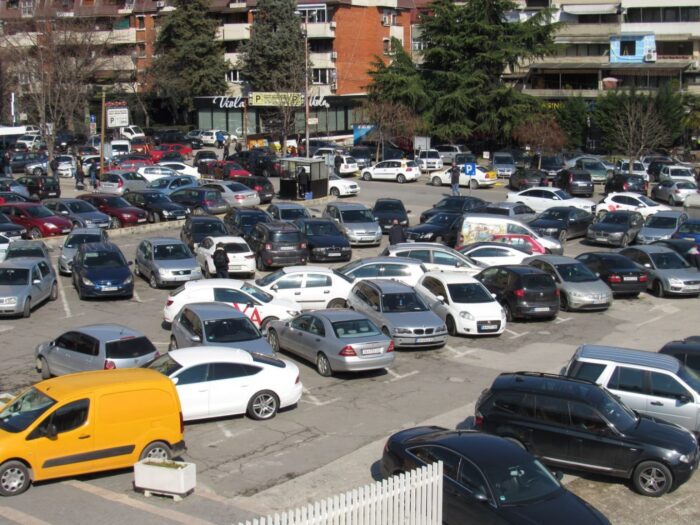
Last on our list is the fact that a lack of parking spots can cause congestion. Yup, over 35% of heavy traffic is caused by people searching for a parking spot in urban areas, especially at locations where the parking is free or if there are off-street parking spots. To solve this nuisance, cities must analyze their parking availability and use the data their gather for coming up with innovative and new ideas for solving the issues of parking.
Conclusion
As you were able to learn, there is a wide array of causes of traffic congestion. However, although most urban areas will experience traffic jams and delays, there are some things that they could do, all of which can easily alleviate their everyday issues. Besides this, working on solving such problems can lead to fewer emissions, which means that they could actually lower pollution in urban and developed cities.


